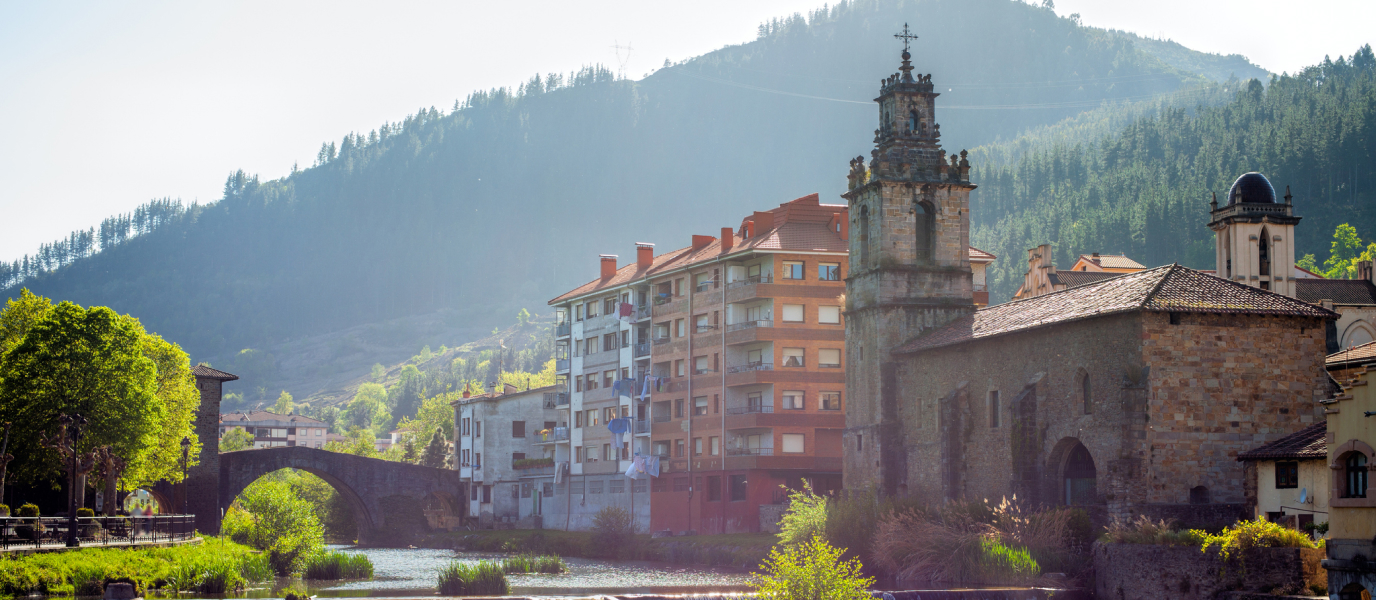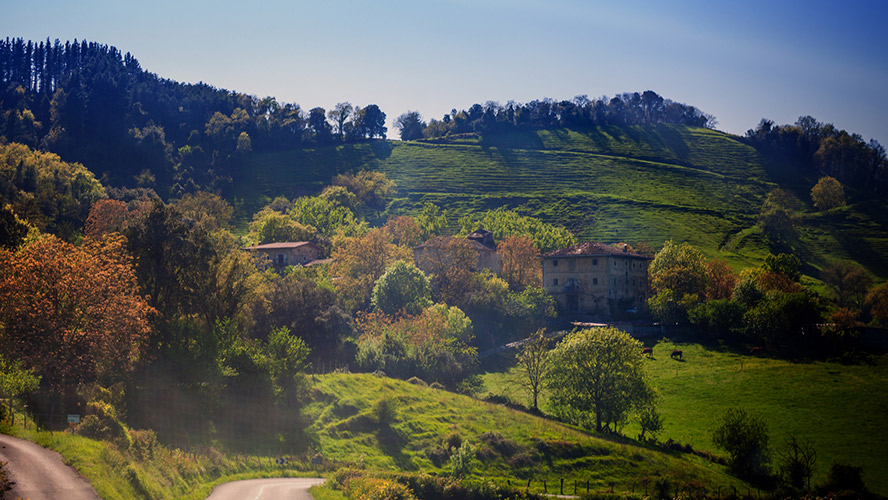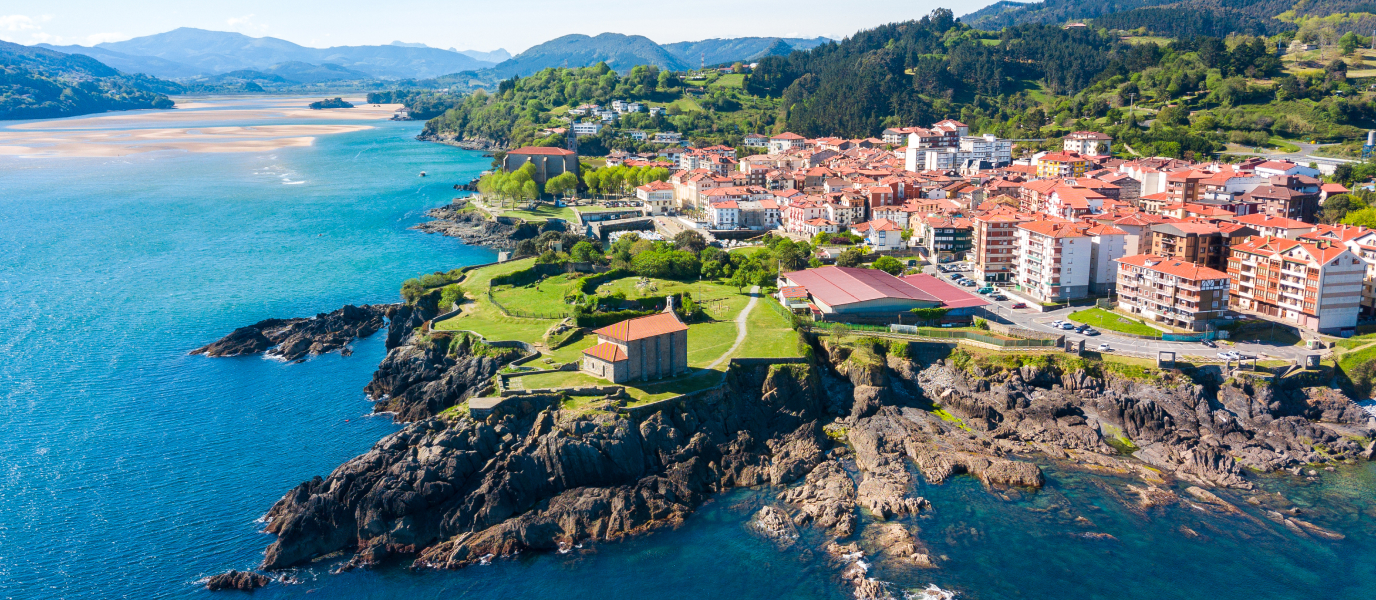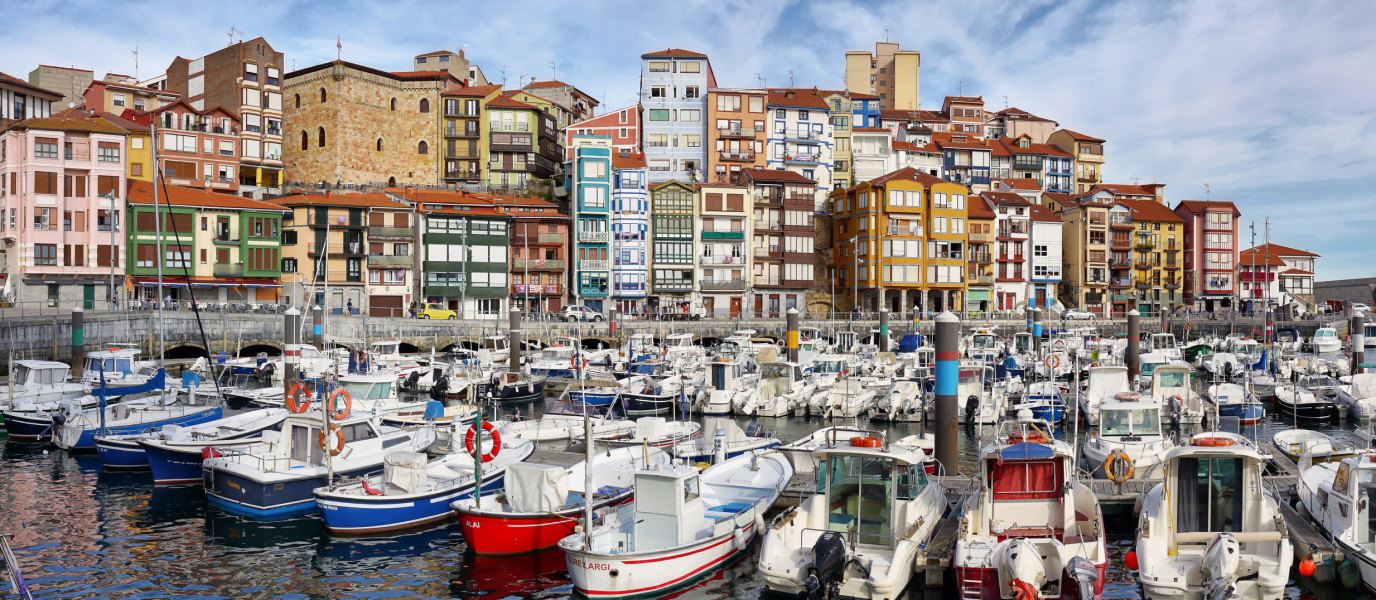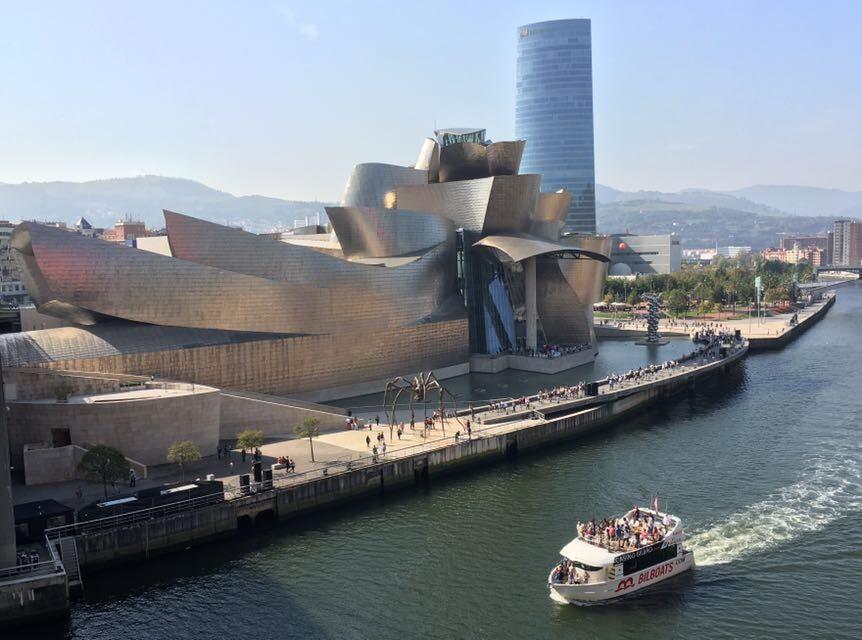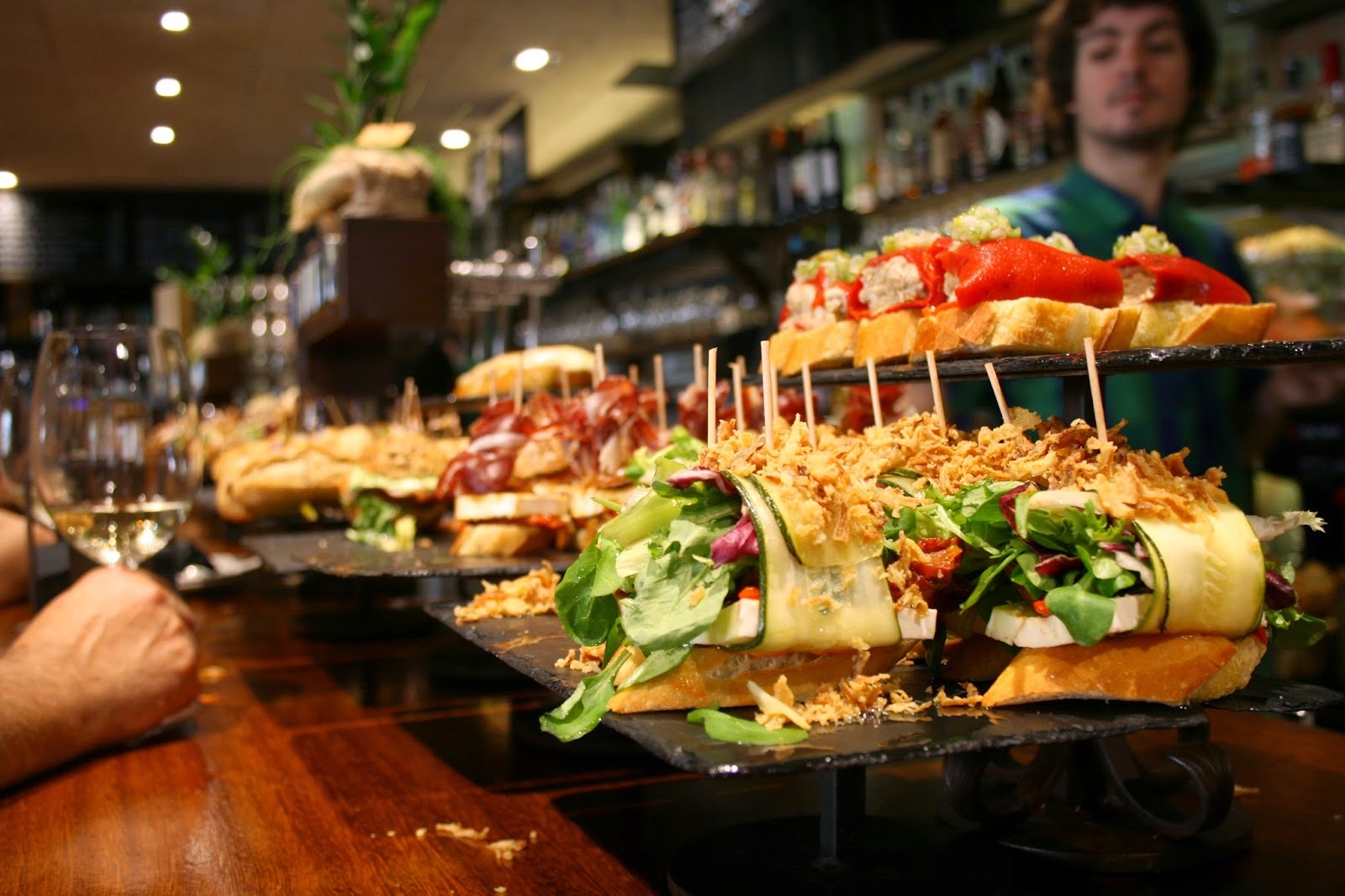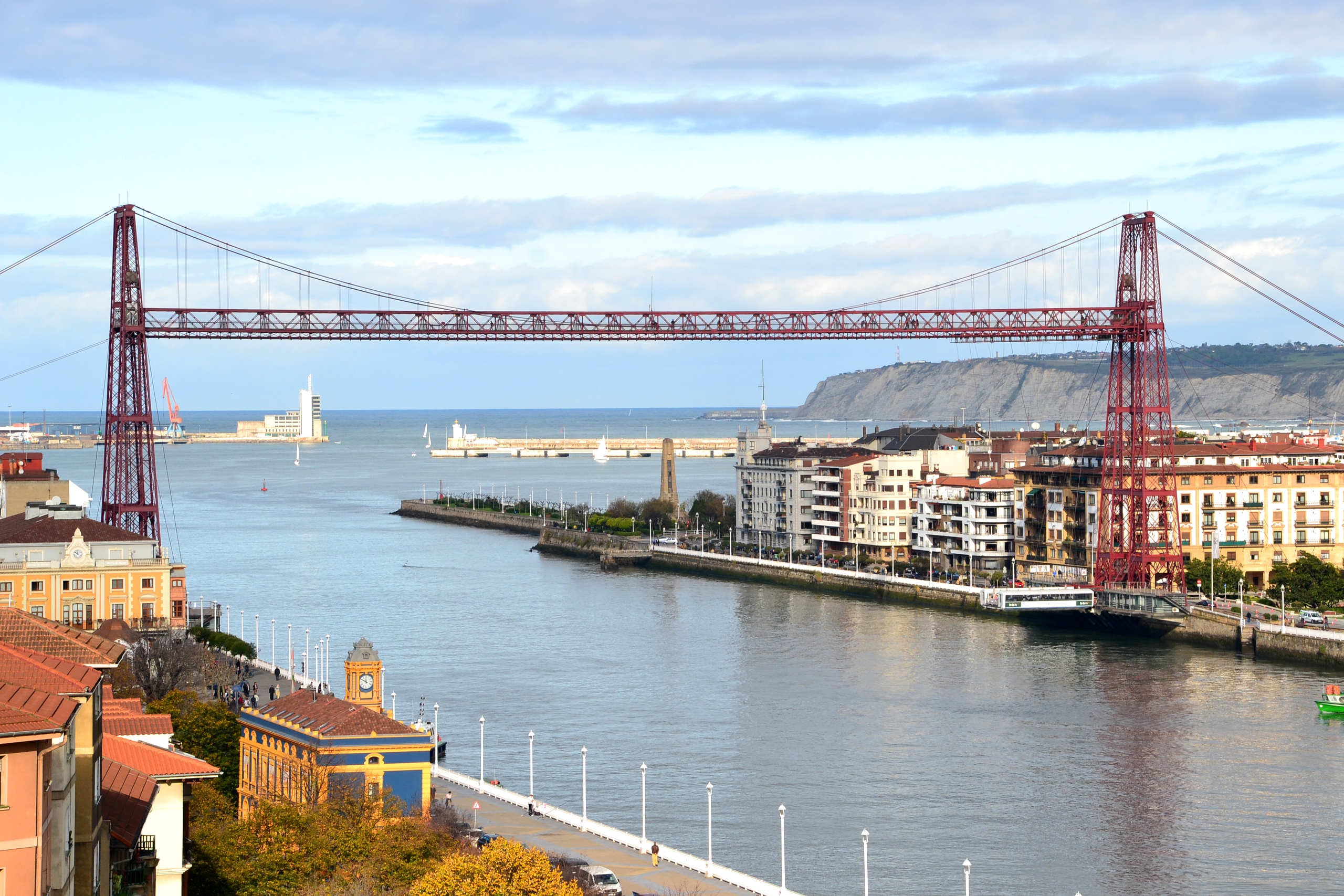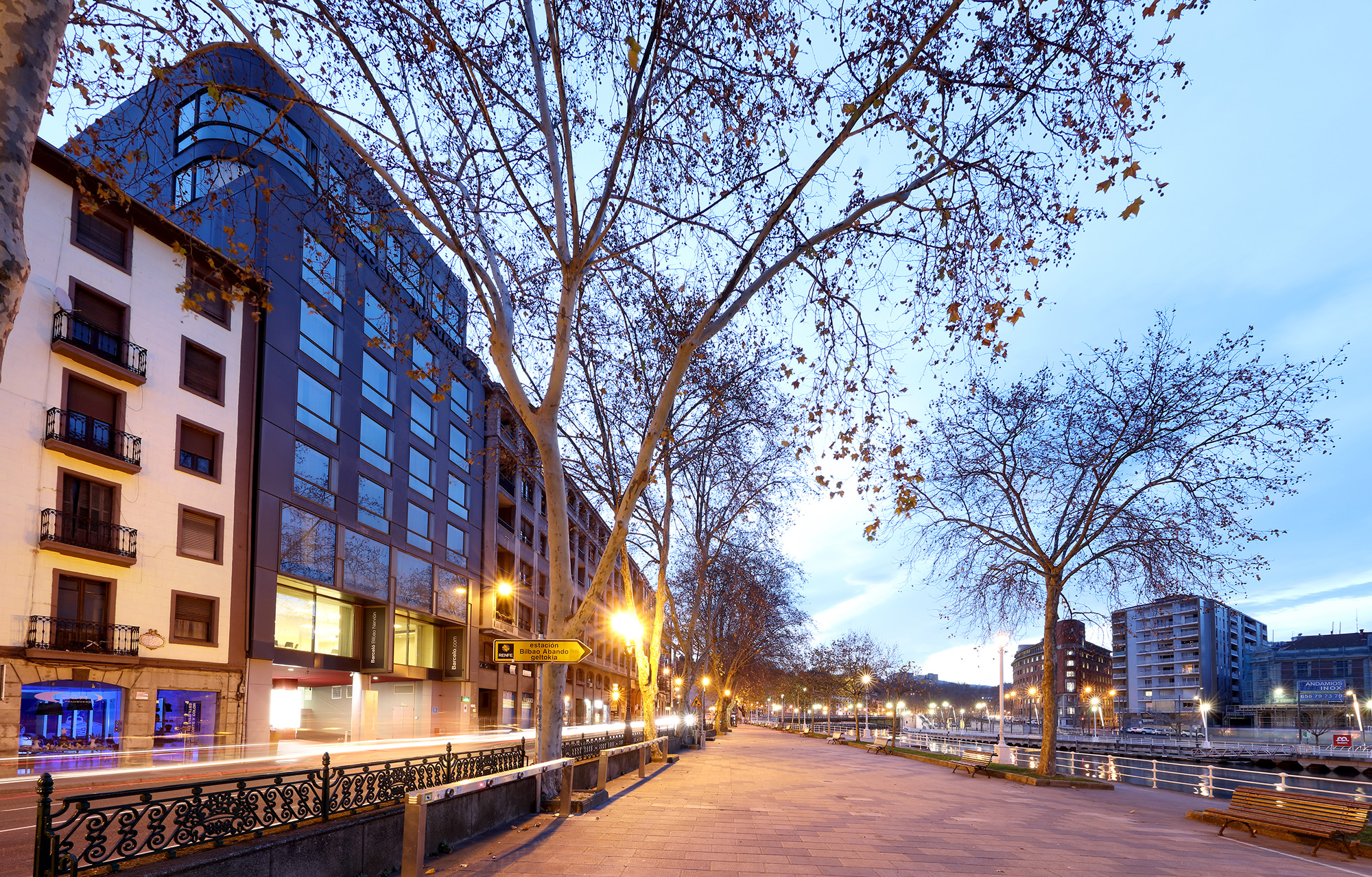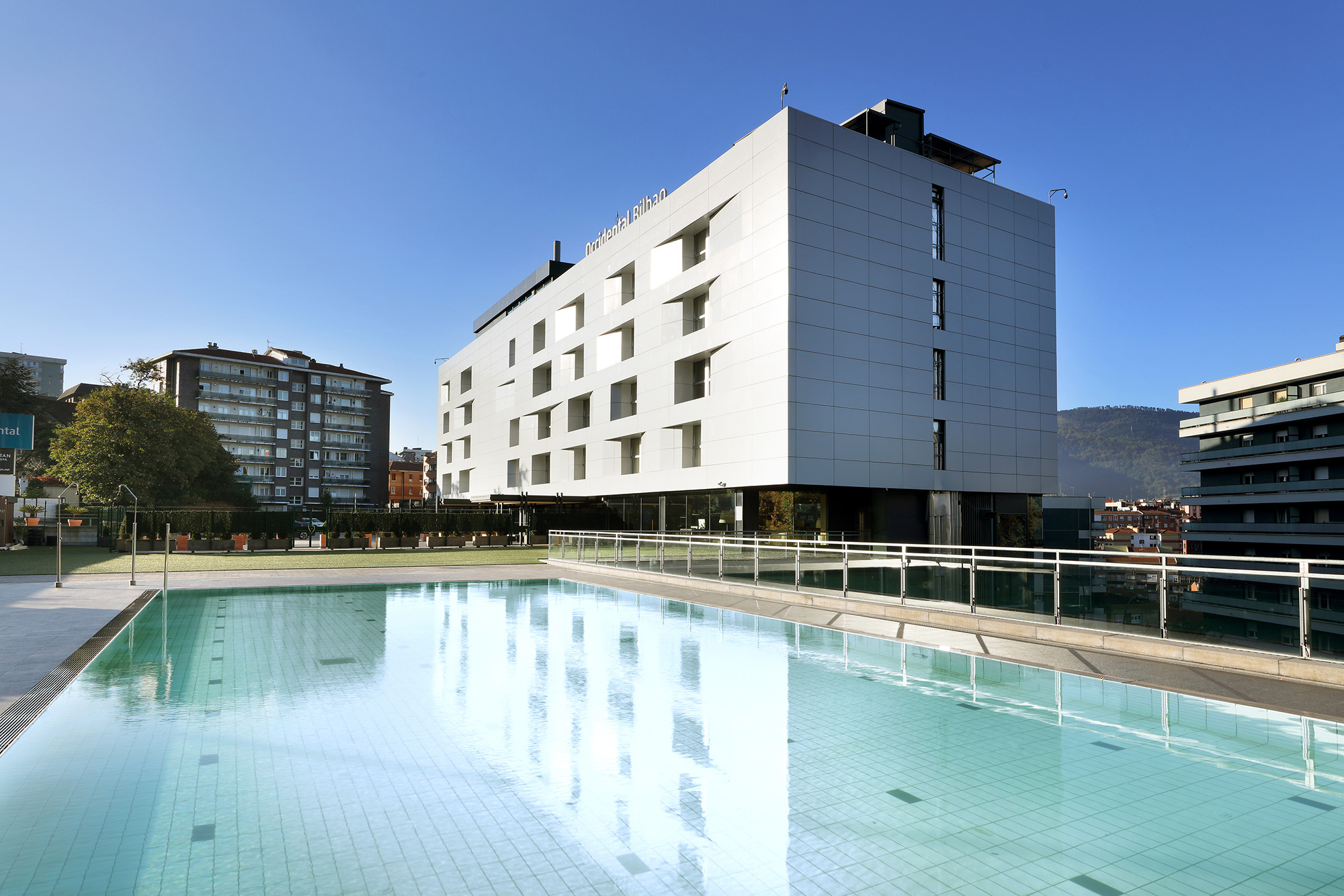Believed to be the oldest town in Biscay, Balmaseda has welcomed thousands of pilgrims and traders over the ages. Founded in 1199, it has a rich cultural and historic heritage that attracts numerous visitors who come here to discover its old town, an Asset of Cultural Interest. Sights include the outstanding churches of San Severino, dating from the 15th century, and San Juan, a Gothic temple set on the left bank of the Kadagua River. It’s also well worth visiting the convent of Santa Clara and the palaces of Urrutia and Horcasitas, and La Muza or Puente Viejo Bridge with its small tower. What’s more, the town is in a stunning natural setting with mountains, forests and rivers nearby, meaning you can enjoy countless outdoor activities in the area.
Take your time to explore Balmaseda’s historic centre and stroll around its steep, narrow streets that reveal its medieval origins. Look out for the Baroque palace that currently houses the Town Council or Casa de la Villa, and the 15th century church of San Juan del Moral where you’ll find the Museum of Town History – the Balmaseda Anthem is played from its Baroque tower three times a day. There are surprises around every corner in the town’s historic centre, which has a perfectly preserved medieval urban plan.
History of Balmaseda
The most important historical fact about Balmaseda (Biscay) is that it was the first town in the Lordship of Biscay. Founded in 1199 by Don Lope Sánchez de Mena due to its strategic location, Balmaseda became a key point along the trade routes between Biscay and Castille thanks to an old Roman road that was still in use in the area. Blacksmiths, shops, inns and artisan industries grew up around the town, until its trading activity dwindled in the 13th century following the creation of a new trade route that passed through Orduña. The Peninsular War, the Carlist Wars and the Civil War all contributed to its further decline. However, the arrival of industrialisation and the railway from La Robla at the start of the 20th century led to a population surge and the town began to expand once more.
What to see in Balmaseda
Stroll around the historic centre of Balmaseda (Biscay) and you feel like you’re travelling back in time to the Middle Ages. The narrow streets and historic buildings are its main tourist attraction, and the town has succeeded in keeping the spirit of earlier times alive. Below you’ll find a list of the must-see sights but there are also many other places to visit near Balmaseda:
Historic centre. The historic heritage and medieval urban plan of Balmaseda remains virtually unchanged since the Middle Ages: the town has four main streets that run parallel to the river that are crossed by four further streets and end in two pretty squares, one at each end of the town. It’s well worth exploring Balmaseda’s old town, visiting its churches, small palaces and museums, and discovering its surrounding nature.
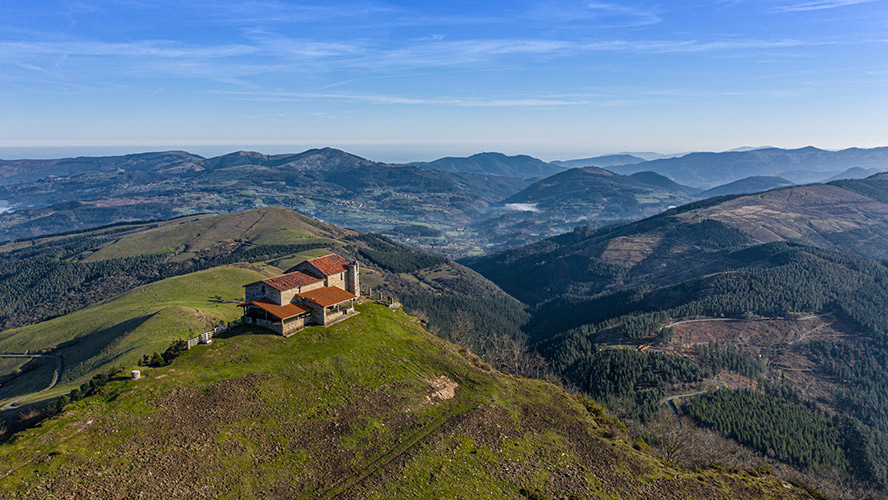
Beret Museum. The La Encartada Beret Museum is housed in an old factory that specialised in manufacturing the traditional Basque txapela (beret); the factory first opened in 1892 and ran for exactly 100 years. The museum is in Peñueco neighbourhood on the outskirts of Balmaseda on the banks of the Kadagua River.
History Museum. Balmaseda History Museum has an important collection of artworks, books, documents and ancient objects related to the first town of Biscay that help visitors to better understand the town’s history and unique character. Its permanent exhibition reveals the history of the town, its most famous inhabitants, the Live Stations of the Cross Play, its historic and artistic heritage, and its industries and traditions: carpentry, copper beating, beret manufacture and food (putxeras (stews) and txakoli (local wine)), as well as the historic furniture belonging to a wealthy 19th century bourgeois family.
Church of San Severino. Built in the 15th century on the old wall of Balmaseda, the church of San Severino is in the town’s Plaza Mayor. Mainly constructed in the Gothic style, the church also has 18th century Baroque additions. It has a nave and two side aisles, and the chapel of Santo Cristo has an outstanding Plateresque altarpiece.
La Muza Bridge (Puente Viejo). This is the oldest remnant of walled Balmaseda. It was made in stone in the Early Middle Ages and crosses Kadagua River to the south of the town, connecting El Cristo and San Lorenzo neighbourhoods. The bridge has three half circle arches, and the central arch is much higher than the other two.
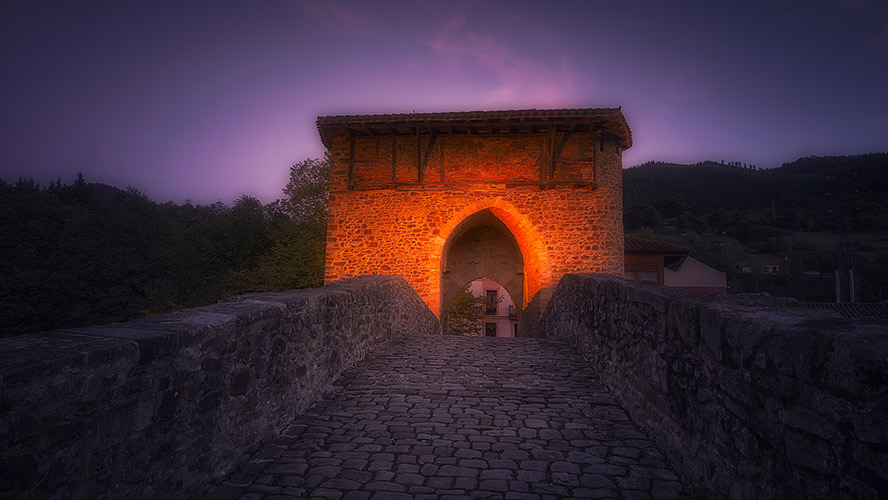
Where to eat in Balmaseda
If you’re in Balmaseda on holiday you simply have to try traditional Basque food. Almost all the restaurants in the town serve wonderful dishes full of local character. Below is a list of the restaurants that are particularly popular among residents: Teike, Skamata, GEO Cocktail, Chocolate Fountain Balma, Cafetería Gozotegia Zariz, Teikeguei, Maiken Brewery, Mendiondo, Calera and Aretxaga Jatetxea.




































































